 Once voted ‘the most dismal place in Scotland’ (an epithet which was never really deserved) and probably best known as one of the two furthest apart points accessible by road on the British mainland, the village of John o’ Groats lies way, way up on the northeast corner of Scotland with the most asked question about it being how far is Lands End from John O’ Groats? Well it’s some 870-odd miles from its southern counterpart, Land’s End at the southwest corner of Cornwall in England.
Once voted ‘the most dismal place in Scotland’ (an epithet which was never really deserved) and probably best known as one of the two furthest apart points accessible by road on the British mainland, the village of John o’ Groats lies way, way up on the northeast corner of Scotland with the most asked question about it being how far is Lands End from John O’ Groats? Well it’s some 870-odd miles from its southern counterpart, Land’s End at the southwest corner of Cornwall in England.
Many people think that John o’ Groats is the most northerly point on the mainland but that honour actually goes to Dunnet Head, a few miles to the west and just a couple of miles further north.
Lying on the main A99 east coast road, John o’ Groats has improved considerably since its ‘dark and dismal days’ and the village and its surrounding area, and indeed the whole northern coast of Scotland, are now the target for increasing numbers of tourists who come for the wildlife, the scenery, and experience of exploring what can be both a very bleak and a very beautiful part of Scotland.
 One surprisingly popular reason for visiting John o’ Groats is the ‘End to End Challenge’ – a road journey between Land’s End and John o’ Groats most commonly done by bicycle and sometimes known as the lands end to john o’ groats challenge, although a handful of hardy souls have actually walked all 870-plus miles of the route. The ‘End to End Challenge’ can, of course, be done in either direction but John o’ Groats seems to be the preferred finishing point for most people.
One surprisingly popular reason for visiting John o’ Groats is the ‘End to End Challenge’ – a road journey between Land’s End and John o’ Groats most commonly done by bicycle and sometimes known as the lands end to john o’ groats challenge, although a handful of hardy souls have actually walked all 870-plus miles of the route. The ‘End to End Challenge’ can, of course, be done in either direction but John o’ Groats seems to be the preferred finishing point for most people.
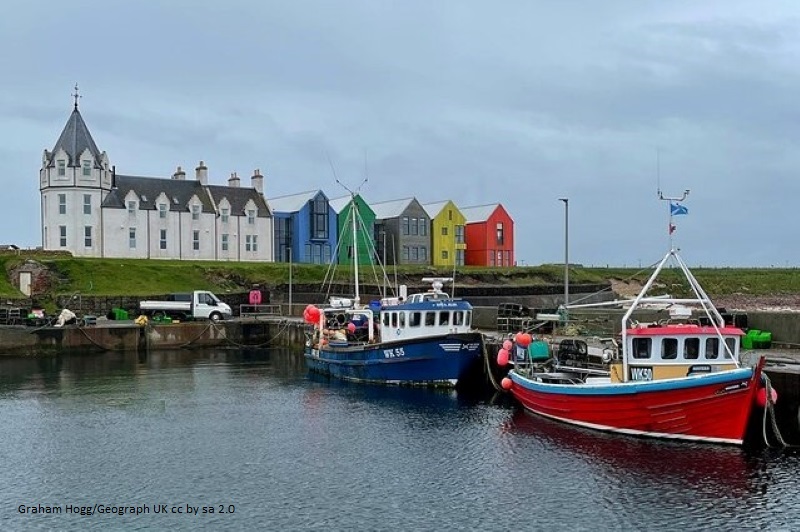 When Challengers finally make it to the area they can have their photograph taken at the famous ‘Journey’s End’ signpost at John o’ Groats which was once privately owned with a fee charged for having pictures taken next to it. In these more enlightened times a new sign has been erected which is free to all who wish to have photographic evidence of their visit – you don’t even have to do the ‘End to End Challenge’!
When Challengers finally make it to the area they can have their photograph taken at the famous ‘Journey’s End’ signpost at John o’ Groats which was once privately owned with a fee charged for having pictures taken next to it. In these more enlightened times a new sign has been erected which is free to all who wish to have photographic evidence of their visit – you don’t even have to do the ‘End to End Challenge’!
Successful Challengers and other visitors to the area will see awesome unspoilt scenery and fascinating wildlife. There are seals, dolphins, minke whales, killer whales and others in the surrounding waters and the region is a birdwatcher’s paradise with almost uncountable numbers of seabirds on the dramatic cliffs – their calls can be deafening during the breeding season.
The area is recognised as one of the best places in Scotland to see the Atlantic Puffin, those comical-looking clowns of the cliffs, and the Royal Society for the Protection of Birds (RSPB) has its largest UK reserve at the most northerly mainland point of Britain, Dunnet Head – a positive avian metropolis!
 From the small John o’ Groats harbour there is the John o’ Groats ferry to Orkney, carrying foot passengers northwards the short distance to the Orkney Islands. By using this 40-minute ferry trip, a day’s outing to the historic sites of Skara Brae, the Ring of Brodgar and the Standing Stones of Stenness can easily be arranged. Various wildlife cruises are also available but note that all of these are summer only – the waters of the Pentland Firth are far too treacherous for small boats during the winter months.
From the small John o’ Groats harbour there is the John o’ Groats ferry to Orkney, carrying foot passengers northwards the short distance to the Orkney Islands. By using this 40-minute ferry trip, a day’s outing to the historic sites of Skara Brae, the Ring of Brodgar and the Standing Stones of Stenness can easily be arranged. Various wildlife cruises are also available but note that all of these are summer only – the waters of the Pentland Firth are far too treacherous for small boats during the winter months.
 The region’s remoteness ensures plenty of lonely and unspoilt places to explore like the beautiful sands at Dunnet beach – increasingly popular with discerning surfers. Even after the sun has gone down nature can still put on a show. Not surprisingly, the best chance of seeing the Aurora Borealis (the Northern Lights) is in the north and this spectacle can often be seen from the John o’ Groats area, dancing in the clear northern skies.
The region’s remoteness ensures plenty of lonely and unspoilt places to explore like the beautiful sands at Dunnet beach – increasingly popular with discerning surfers. Even after the sun has gone down nature can still put on a show. Not surprisingly, the best chance of seeing the Aurora Borealis (the Northern Lights) is in the north and this spectacle can often be seen from the John o’ Groats area, dancing in the clear northern skies.
The Aurora Borealis is, of course, a natural phenomenon so when it comes to seeing them it’s a case of being in the right place at the right time – there is no guarantee you will be entertained by the ‘Heavenly Dancers’ as they are sometimes called.
This entire area combines dramatic, unspoilt scenery and fascinating wildlife with scenic coastal paths. Boat trips are available giving visitors a chance to see the wild cliffs of Duncansby Head from wavetop level. Reaching heights of 200 feet they are a spectacular home to the many birds who choose to nest there.
John o’ Groats is sometimes overlooked in favour of the more central areas or even skipped over completely by those on their way to the Islands further north but that is doing this part of Scotland a grave injustice.
 There is a limited choice of accommodation in the area with self-catering being predominant and there is a camping and caravanning site which is very popular and offers superb views over the Pentland Firth. Remote it may be but it certainly isn’t an uninteresting dead end and it gets plenty of visitors! Perhaps one day you will come and see for yourself.
There is a limited choice of accommodation in the area with self-catering being predominant and there is a camping and caravanning site which is very popular and offers superb views over the Pentland Firth. Remote it may be but it certainly isn’t an uninteresting dead end and it gets plenty of visitors! Perhaps one day you will come and see for yourself.
TAKE A LOOK AT JOHN O’ GROATS and find out what is going on there and what is available for visitors, including accommodation and attractions.
FOR MORE INFORMATION see this site.
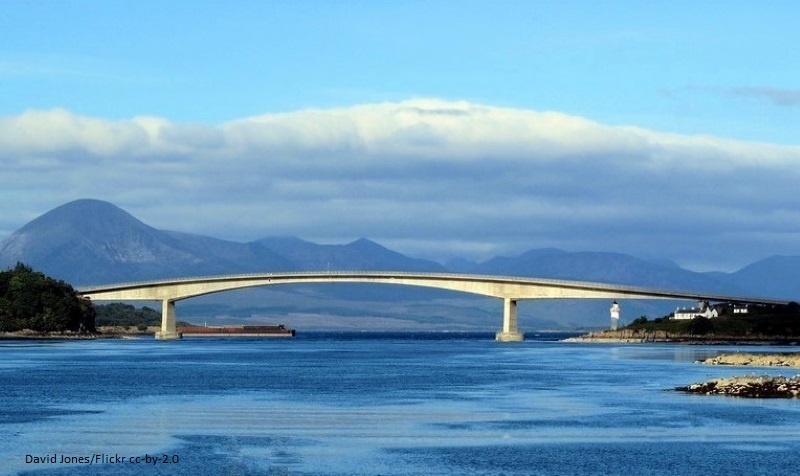
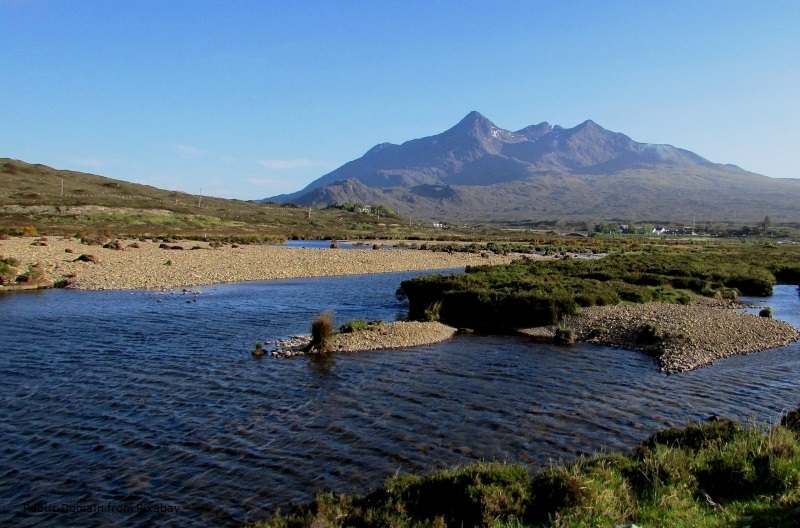



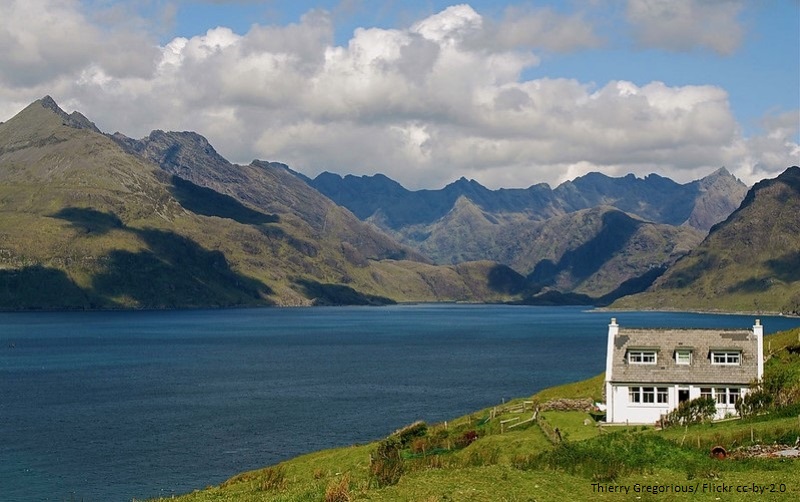


 Located at the western end of the Great Glen at the head of Loch Linnhe Fort William is often known as ‘The Outdoor Capital of Scotland’ because of its excellent position as a base for outdoor activities. With a population of about 11,000 this highland town is never quiet! Summer or winter thousands of tourists arrive in the area, many of them seeking adventure on the hills and mountains which surround the town.
Located at the western end of the Great Glen at the head of Loch Linnhe Fort William is often known as ‘The Outdoor Capital of Scotland’ because of its excellent position as a base for outdoor activities. With a population of about 11,000 this highland town is never quiet! Summer or winter thousands of tourists arrive in the area, many of them seeking adventure on the hills and mountains which surround the town. And what a collection of fine mountains there are! Ben Nevis (4413 ft/1345 m), the UK’s highest mountain, towers over the town – so close in fact that to get a decent view of it one has to travel a couple of miles outside of the town!
And what a collection of fine mountains there are! Ben Nevis (4413 ft/1345 m), the UK’s highest mountain, towers over the town – so close in fact that to get a decent view of it one has to travel a couple of miles outside of the town!
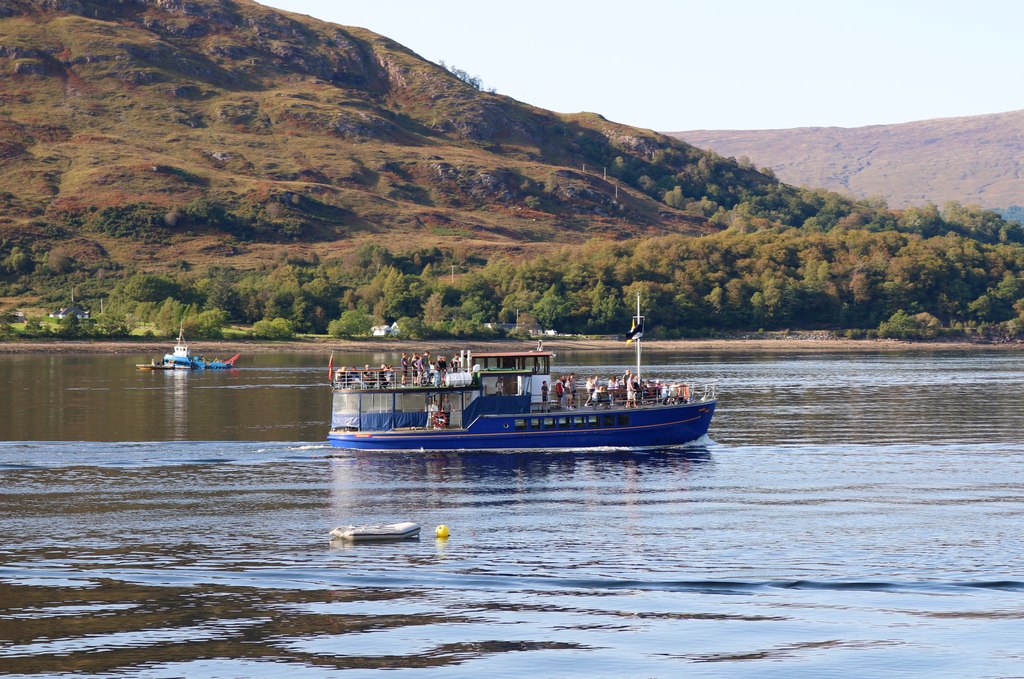 There are many adventures to be had in the great outdoors in the area from hillwalking to rock climbing, ice climbing, kayaking, wildlife spotting (on land and sea), fishing, diving, off-road driving and motorcycling, boat hire and more and all of these can be indulged in by yourself (provided you have the necessary equipment and expertise of course) or under the supervision of one of the various guided tours available in the area.
There are many adventures to be had in the great outdoors in the area from hillwalking to rock climbing, ice climbing, kayaking, wildlife spotting (on land and sea), fishing, diving, off-road driving and motorcycling, boat hire and more and all of these can be indulged in by yourself (provided you have the necessary equipment and expertise of course) or under the supervision of one of the various guided tours available in the area. For those whose interests don’t lean towards outdoor activities Fort William still has much to offer. The gaelic name for Fort William is An Gearasdan which means ‘The Fort’ and many local people still refer to it by that name today and the remains of the original fort are still worth a visit. This was built by the English in an attempt to pacify the clans during the turbulent period of the various Jacobite rebellions which culminated in the Scottish army’s defeat at Culloden in 1746. In the town’s High Street the West Highland Museum is a great place to go to find out more of the history of the town and surrounding area.
For those whose interests don’t lean towards outdoor activities Fort William still has much to offer. The gaelic name for Fort William is An Gearasdan which means ‘The Fort’ and many local people still refer to it by that name today and the remains of the original fort are still worth a visit. This was built by the English in an attempt to pacify the clans during the turbulent period of the various Jacobite rebellions which culminated in the Scottish army’s defeat at Culloden in 1746. In the town’s High Street the West Highland Museum is a great place to go to find out more of the history of the town and surrounding area.
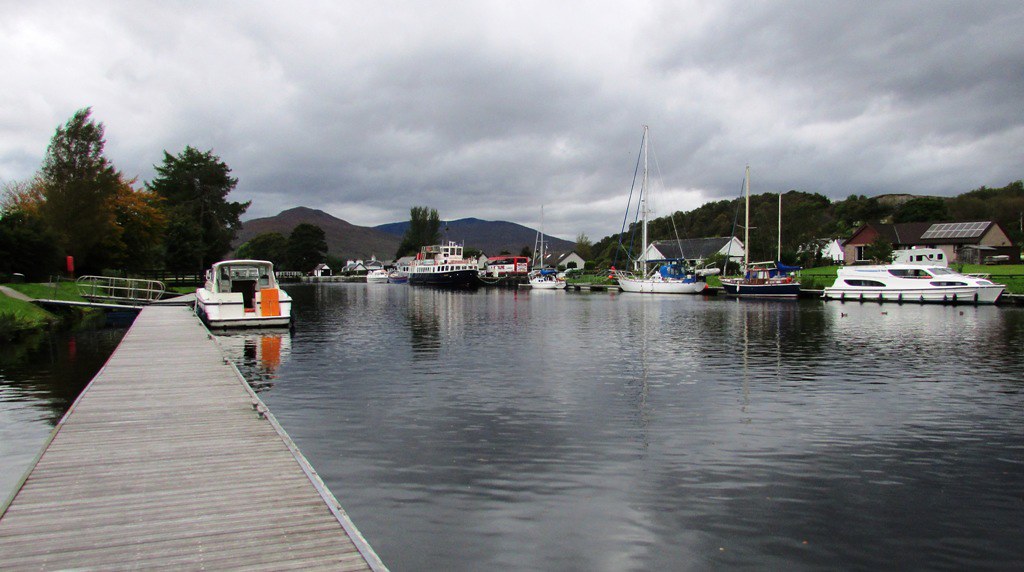 Fort William lies at the western end of the Great Glen, a huge gash in the land running between
Fort William lies at the western end of the Great Glen, a huge gash in the land running between  The surrounding area offers spectacular views of mountains, lochs and rivers as well as some fascinating history and, if you chose wisely, you will be treated to the finest Scottish cuisine available in one of the several former castles (yes, that’s right, castles) which dot the area and are now hotels. Some of them take a little trouble to find but a visit to Fort William and the surrounding area will reward you with sights and experiences (and tastes) which will live in your memory for a long time.
The surrounding area offers spectacular views of mountains, lochs and rivers as well as some fascinating history and, if you chose wisely, you will be treated to the finest Scottish cuisine available in one of the several former castles (yes, that’s right, castles) which dot the area and are now hotels. Some of them take a little trouble to find but a visit to Fort William and the surrounding area will reward you with sights and experiences (and tastes) which will live in your memory for a long time.